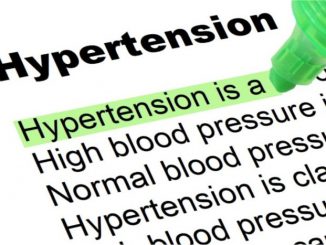
Food poisoning is most usually caused by the consumption of food or drinks containing toxins, bacteria, viruses or other parasites.
While many foods contain potentially harmful substances, they are usually destroyed during the cooking prcess. However, inappropriate food storage, cooking or hand hygiene can also cause contamination.
Pregnant women, children, the elderly and those suffering from chronic diseases are at increased risk of getting food poisoning.
Symptoms of food poisoning
There are many symptoms that can be associated with food poisoning. However, some of the most commonly noticed are:
– abdominal pain and cramps;
– diarrhea;
– headaches;
– vomiting;
– fever;
– chills;
– weakness and fatigue;
– nausea;
– muscle pain.
Foods that can cause food poisoning
Meat. Chicken and turkey meat are at increased risk of causing food poisoning, due to the two types of Campylobacter and Salmonella bacteria commonly found in the intestines of these birds.
The bacteria often contaminate fresh poultry meat during the slaughter process and can survive until they are destroyed by thermal processing, or, in other words, cooking.
Vegetables. Green salad, spinach, cabbage, celery and tomatoes are a common source of food poisoning, especially when consumed raw. They can be contaminated with harmful bacteria such as E. coli, Salmonella and Listeria.
The contamination can occur through dirty tools used during cooking. Green leaves are particularly risky because they are often consumed raw, thus, if they are infected, they come with a high risk of infection.
Fish and seafood. Fish that has been stored at inappropriate temperatures is at high risk of being contaminated with histamine, a toxin that is not destroyed by normal cooking temperatures and can cause scromoidosis, a reaction that can have pretty severe symptoms.
Seafood also presents a risk, as the algae that crustaceans consume can produce a number of dangerous toxins.
Sausages. During processing, the ham, salami or sausage can be contaminated with harmful bacteria, including Listeria and gold staphylococcus. Contamination can occur through direct contact with infected raw meat or poorly hygienic equipment.
Raw milk. Pasteurization is the process of high temperature heating of a liquid or food, in order to kill the harmful microorganisms. Manufacturers typically pasteurize dairy products, including milk and cheese, so that they can be eaten safely. The pasteurization process kills harmful bacteria and parasites, such as Brucella, Campylobacter, Cryptosporidium, E. coli, Listeria and Salmonella.
Eggs. They can be harmful when consumed raw or poorly prepared.
How can you reduce the risk of getting food poisoning?
– The person preparing the food must practice good hygiene, thoroughly wash his or her hands before and after touching raw meat and vegetables.
– Avoid washing raw meat, as it does not kill bacteria, but cause them to spread to other foods or cooking tools.
– Do not consume foods after their expiry dates.
– Meat products must always be well prepared.
– The foods should be always stored in refridgerators.
– Only buy food from trusted places.



Leave a Reply